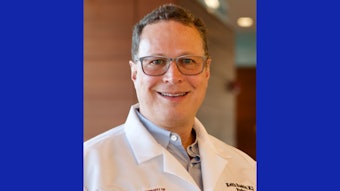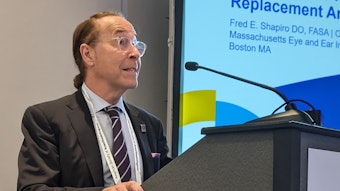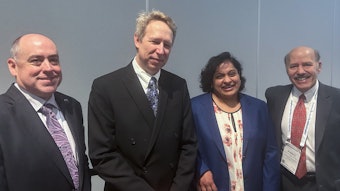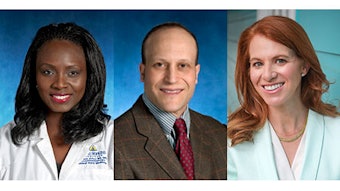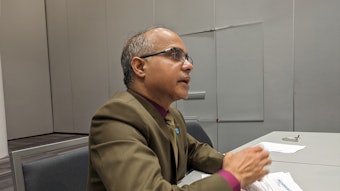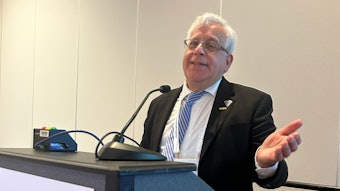Getting to the heart of the matter
Expanding the point of care.
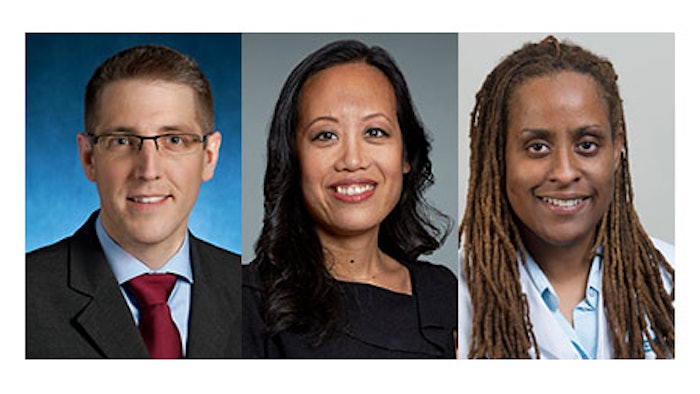
With congenital cardiac patients living longer lives, anesthesiologists are likely to manage their care in more places, including trauma centers, OB, ambulatory centers, cardiac surgery, and more. Detailing such cases was the focus of the 2023 session, “A Case-Based Discussion of Adult Congenital Heart Disease – Tips & Tricks From the Experts.”
Congenital heart disease can take many forms. One of the most common forms of cyanotic congenital heart disease is Tetralogy of Fallot (ToF). It was the treatment and repair of this disease that jumpstarted the field of cardiac surgery at Johns Hopkins University in the 1940s. According to Jochen Steppan, MD, DESA, FAHA, FASA, Associate Professor and Director of Perioperative Medicine and High-Risk Cardiovascular Disease at Johns Hopkins University School of Medicine in Baltimore, Maryland, children born with ToF only have about a 3% chance of living into their 40s without surgical repair.
“However, given modern surgical, anesthesia, and ICU care, survival to their 40s is now about 90%,” explained Dr. Steppan. “It is therefore much more common for an adult anesthesia professional to encounter a patient with repaired ToF than it is to encounter one with the original anatomy.”
Because of this, Dr. Steppan said anesthesiologists need to be aware of the most common forms of repair, the likely presentation of the disease as an adult, and the details of the anesthesiologic management of those patients.
The session also spotlighted cases involving intra-cardiac shunts, which can come with their own set of complications, according to Jennie Ngai, MD, FASA, Pediatric and Cardiac Anesthesiology Specialist at New York University Langone Health in New York City.
“Patients with longstanding atrial septal defects may develop severe pulmonary hypertension, which can lead to other problems such as heart failure,” Dr. Ngai said. “Anesthetic management involves a delicate balance to minimize shunting. There are a number of factors that can affect systemic vascular resistance and pulmonary vascular resistance.”
Patients born with a single ventricle defect, which leaves them with only one ventricle large enough or strong enough to pump effectively, can present anesthesiologists with a couple of important questions to answer. The first of which, said Tiffany Williams, MD, PhD, Assistant Professor of Anesthesiology at the University of California, Los Angeles, is identifying the patient’s hemodynamic baseline.
“Patients with a single ventricle physiology and anatomy typically undergo staged palliation that occurs in two or three surgeries,” Dr. Williams said. “Depending upon their stage of palliation, their hemodynamics may vary. For instance, their baseline and target [oxygen] saturation may be 75% on room air. When caring for this patient, anesthesiologists should not attempt to increase the saturation to 90%-100%.”
Another question that anesthesiologists should answer when dealing with patients with a single ventricle defect, according to Dr. Williams, is who is their congenital cardiologist?
“The cardiologist with specialization in congenital heart disease who is caring for these patients is your best resource when planning perioperative care,” she said.

